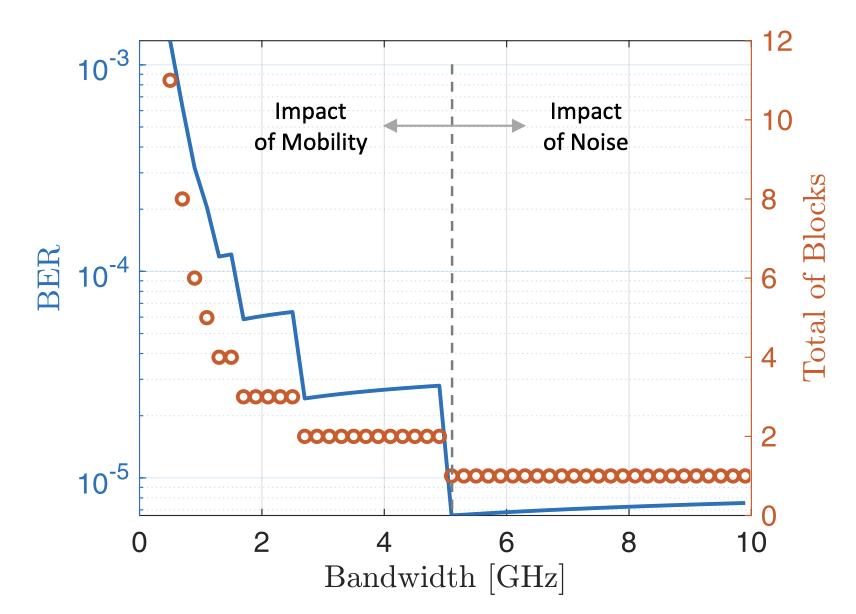Literature Database Entry
loewen2017integration
Stefan Loewen, "Integration of Parked Cars into Car4ICT," Bachelor Thesis, Department of Computer Science, Paderborn University (UPB), January 2017. (Advisors: Florian Hagenauer and Falko Dressler)
Abstract
Cars rapidly gain importance for the information and communication infrastructure in modern cities. The Car4ICT project aims at making cars the base for all communication systems in a city. To improve its stability and versatility stable network nodes are needed. Instead of deploying expensive and hard to maintain roadside units it is possible to use clusters of parking cars as stable and powerful nodes. In this thesis I used existing prototype implementations of Car4ICT and the Virtual Cord Protocol (VCP) to build a prototype of this concept. VCP is used as the routing protocol inside of a parking cluster. I built a system that allows the creation of large VCP networks with limited hardware and extended the VCP prototype with an implementation of a Distributed Hash Table (DHT). I further accelerated reliable data transmissions of the VCP prototype. Using DHT I enabled Car4ICT nodes to easily keep their service tables in sync. To conclude the integration of VCP into Car4ICT, however, some work remains to be done.
Quick access
Original Version ![]() (at publishers web site)
(at publishers web site)
BibTeX ![]()
Contact
BibTeX reference
@phdthesis{loewen2017integration,
author = {Loewen, Stefan},
doi = {10.17619/UNIPB/1-399},
title = {{Integration of Parked Cars into Car4ICT}},
advisor = {Hagenauer, Florian and Dressler, Falko},
institution = {Department of Computer Science},
location = {Paderborn, Germany},
month = {1},
school = {Paderborn University (UPB)},
type = {Bachelor Thesis},
year = {2017},
}
Copyright notice
Links to final or draft versions of papers are presented here to ensure timely dissemination of scholarly and technical work. Copyright and all rights therein are retained by authors or by other copyright holders. All persons copying this information are expected to adhere to the terms and constraints invoked by each author's copyright. In most cases, these works may not be reposted or distributed for commercial purposes without the explicit permission of the copyright holder.
The following applies to all papers listed above that have IEEE copyrights: Personal use of this material is permitted. However, permission to reprint/republish this material for advertising or promotional purposes or for creating new collective works for resale or redistribution to servers or lists, or to reuse any copyrighted component of this work in other works must be obtained from the IEEE.
The following applies to all papers listed above that are in submission to IEEE conference/workshop proceedings or journals: This work has been submitted to the IEEE for possible publication. Copyright may be transferred without notice, after which this version may no longer be accessible.
The following applies to all papers listed above that have ACM copyrights: ACM COPYRIGHT NOTICE. Permission to make digital or hard copies of part or all of this work for personal or classroom use is granted without fee provided that copies are not made or distributed for profit or commercial advantage and that copies bear this notice and the full citation on the first page. Copyrights for components of this work owned by others than ACM must be honored. Abstracting with credit is permitted. To copy otherwise, to republish, to post on servers, or to redistribute to lists, requires prior specific permission and/or a fee. Request permissions from Publications Dept., ACM, Inc., fax +1 (212) 869-0481, or permissions@acm.org.
The following applies to all SpringerLink papers listed above that have Springer Science+Business Media copyrights: The original publication is available at www.springerlink.com.
This page was automatically generated using BibDB and bib2web.

